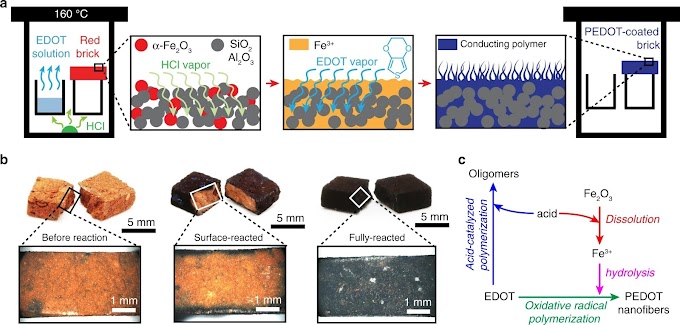Shape memory alloys are one of the types of smart materials. They are extensive in use since 1950.
History
The first time the shape memory effect (SME)was seen in Gold-Cadmium alloy in1951. But, it was not too useful. Later on, in 1962 SME was seen in titanium and nickel alloy(Nitinol). This time the effect was significant. Although this effect was found in other Copper and Iron base alloys CuZnAl, FeMnSi. But, the Nitinol effect was more comprehensive.
How do SMAs work
Shape memory alloys pass through a high recoverable strain under solid to solid transformation. It is a shape-changing process at a specific temperature. SMAS remember its original shape, it returned to its preformed shape by heating. There are some metals that are one or two shape memory alloys. One shape memory alloy only remembers one shape while two shape memory alloy remembers two shapes at both high and low temperature.
Micostractural change
In the shape-changing process, the microstructure of the alloy change from martensitic to austenite at high temperature, that is much strong than at the low-temperature martensitic structure is obtained.
| shape memory process |
Applications
These are being used in bio-medical devices e.g stents, surgical tools, and dentistry braces
In space application e.g flaps control, and ribbons
In manufacturing e.g actuators, eyeglasses and robots
Pros and Cons of SMAs
Pros
Biocompatible
Good mechanical properties
Cons
Expensive SMAs process



0 Comments